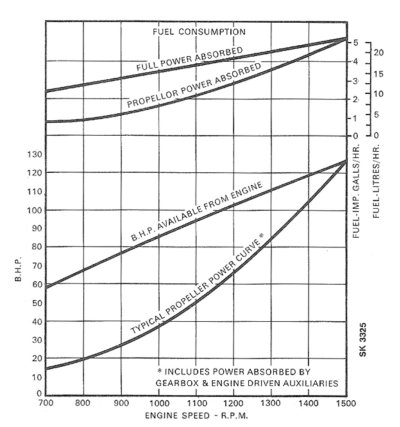Hi Will, you've received some excellent advise from well experienced people here on this thread and sounds like you've now got a clear idea of what will work best for you in measuring your fuel usage. We have a 6LXB on our relatively recently launched boat, a 24m all aluminium eXtreme eXploration Passage Maker and so I read your post and this thread with great interest.
If it helps you, here is how I look after fuel usage that seems to be working well for us so far.
I have both the electronic method using Maretron fuel flow meters to measure instantaneous fuel usage rates, accurately calibrated fuel tank gauges and a "manual" easy to read graduated sight gauge on large day tank. I am glad to have all of these and find their respective data points to be useful and I record them all in our engine log with typical ER inspections about ever 1-2 hours while underway.
For your stated goal of using your fuel consumption data to calculate range on passages, my experience on all our boats has been that the larger sample size is the most useful and accurate. So add my vote to those recommending that you have a way to measure a full tank refill as accurately as possible and then use your total trip distance since last fill up to determine the average fuel consumption.
The instantaneous fuel flow meter readings are interesting to watch but they are similar to the same type of digital readout instantaneous fuel use gauges you see on the dashboards of most cars these days in that the readings range and change a lot as you watch them while underway, even when sea conditions are relatively calm and consistent. You can even out these readings by adjusting the time interval these readouts display but keep in mind that they are taking relatively constant instantaneous readings of the actual fuel flow. Great data to have and helps me track the effects of changes in sea conditions, engine RPM, EGT temps, CPP pitch, etc. but I don't find this to be as helpful for determining our fuel range on a passage which I too very much want to track.
Therefore I find that having the largest sample size of fuel volume and nautical miles covered, provides the most accurate way of estimating what our actual fuel use and range will be.
As several others have mentioned, I have also found it very useful to do some of the math to calculate the more theoretical fuel consumption rates for a given engine. I’ve been able to accumulate a pretty good collection of data for the Gardner 6LXB and I’ll attach one of the more helpful which is the graph from a dynamometer test on a Gardner 6LXB. Of course it all depends on what HP rating the engine has been set up for and the graph here is for the 150HP @ 1650 RPM Continuous duty version, which is what my 6LXB is currently set at. You can confirm what your engine is by the data stamped on the brass plate attached to the fuel injection pump body. Sorry this graph is not the best quality but I have found it to be very useful. If it helps you do some of the math around this, the specific fuel consumption rate of the Gardner 6LXB when directly coupled to the dynamometer is 0.330 lb./per b.h.p./hour which represents an overall thermal efficiency of 39.73%. From what I’ve read over the years, this is apparently one of the highest efficiencies of any production diesel engine in these size ranges. But of course, this is all based on laboratory conditions on a dyno and it will be the data you collect in your very real world use of your boat and engine that will provide the most accurate and useful information.
I would be glad to share any of the other data points and experiences I have with our 6LXB so just PM me if there is more that you’d find helpful.
Hope this helps you in your quest for better estimates of your fuel use and range as you venture out more and more. My wife and I spent many years in your fabulous part of the world cruising in our previous sailboat from your home base up through Fiji, Vanuatu, Marshall Islands and more and we are already looking forward to getting back there on our new boat so we’ll hope to one day be able to share an anchorage with you.
-Wayne

